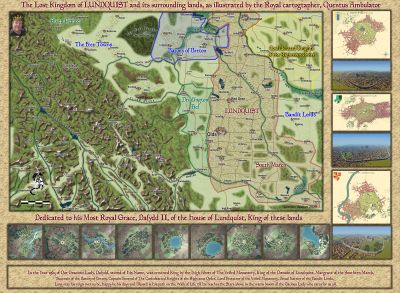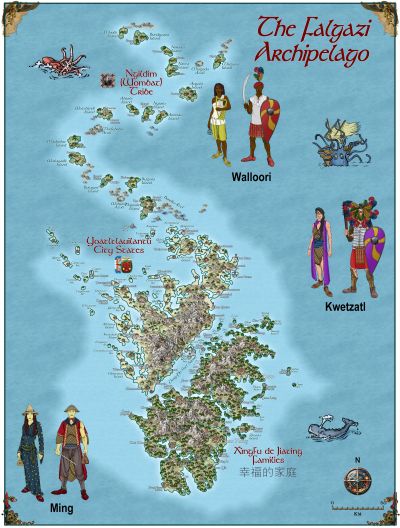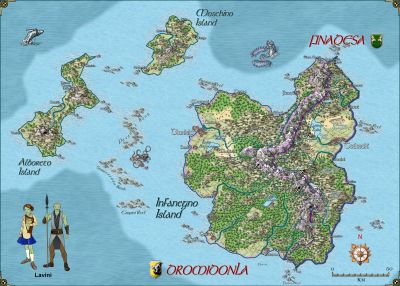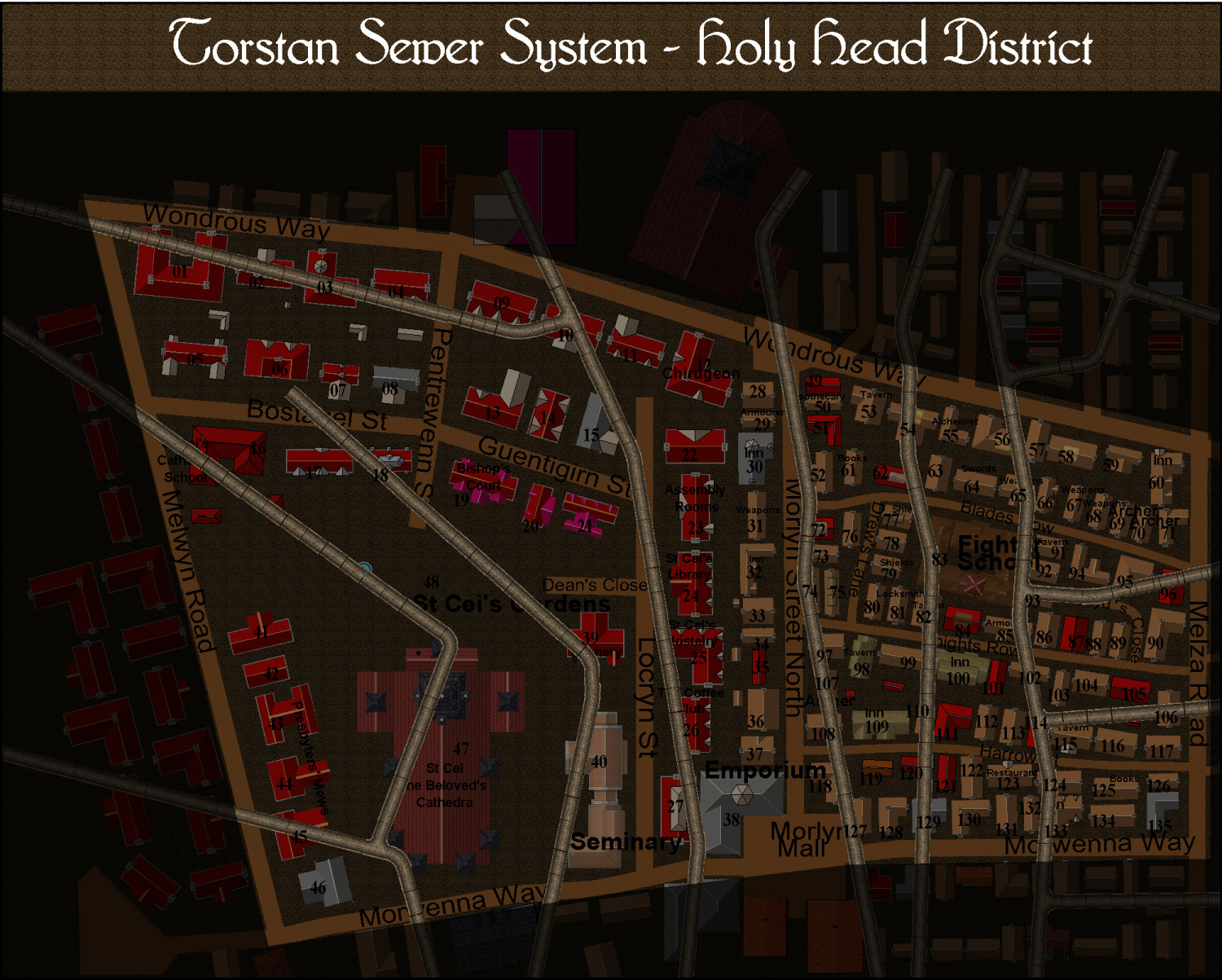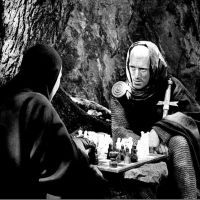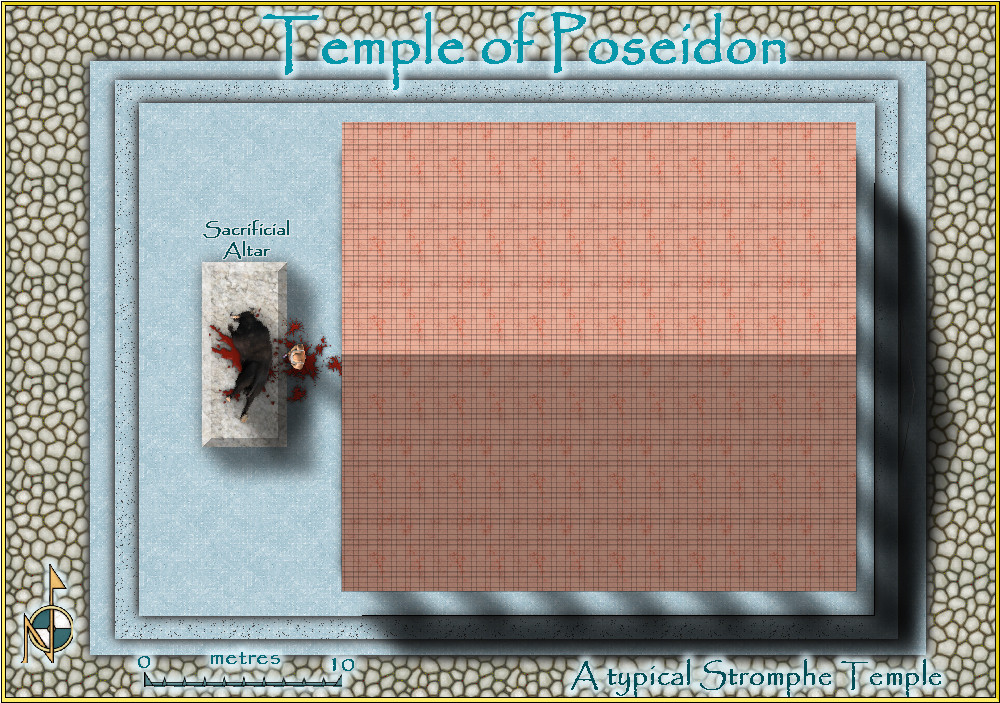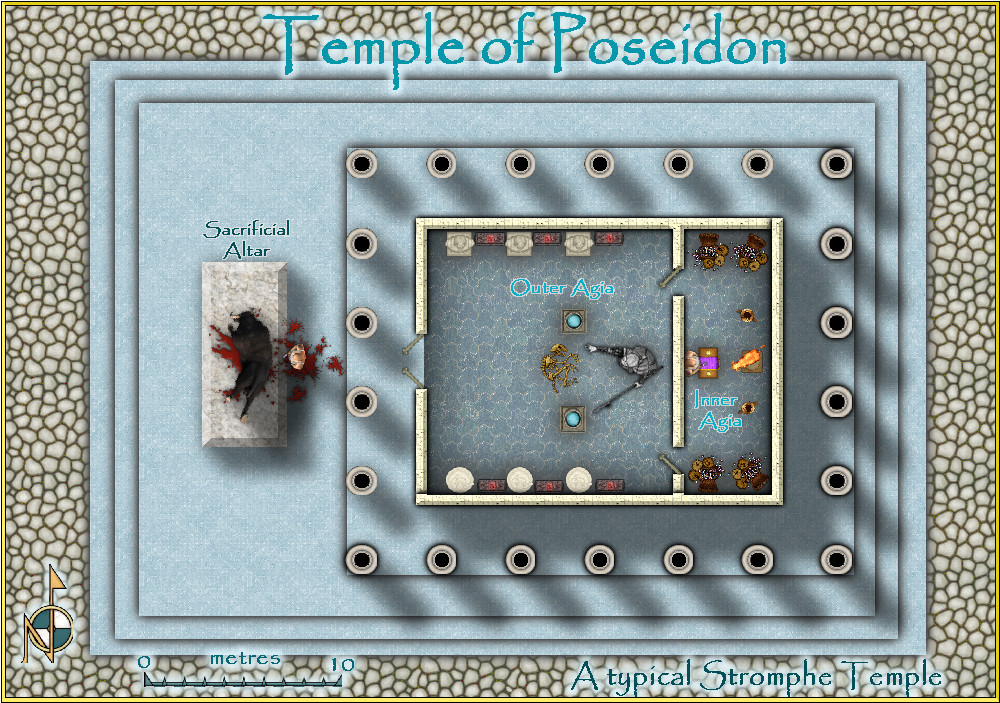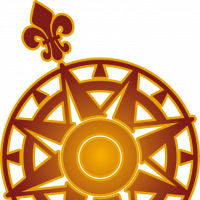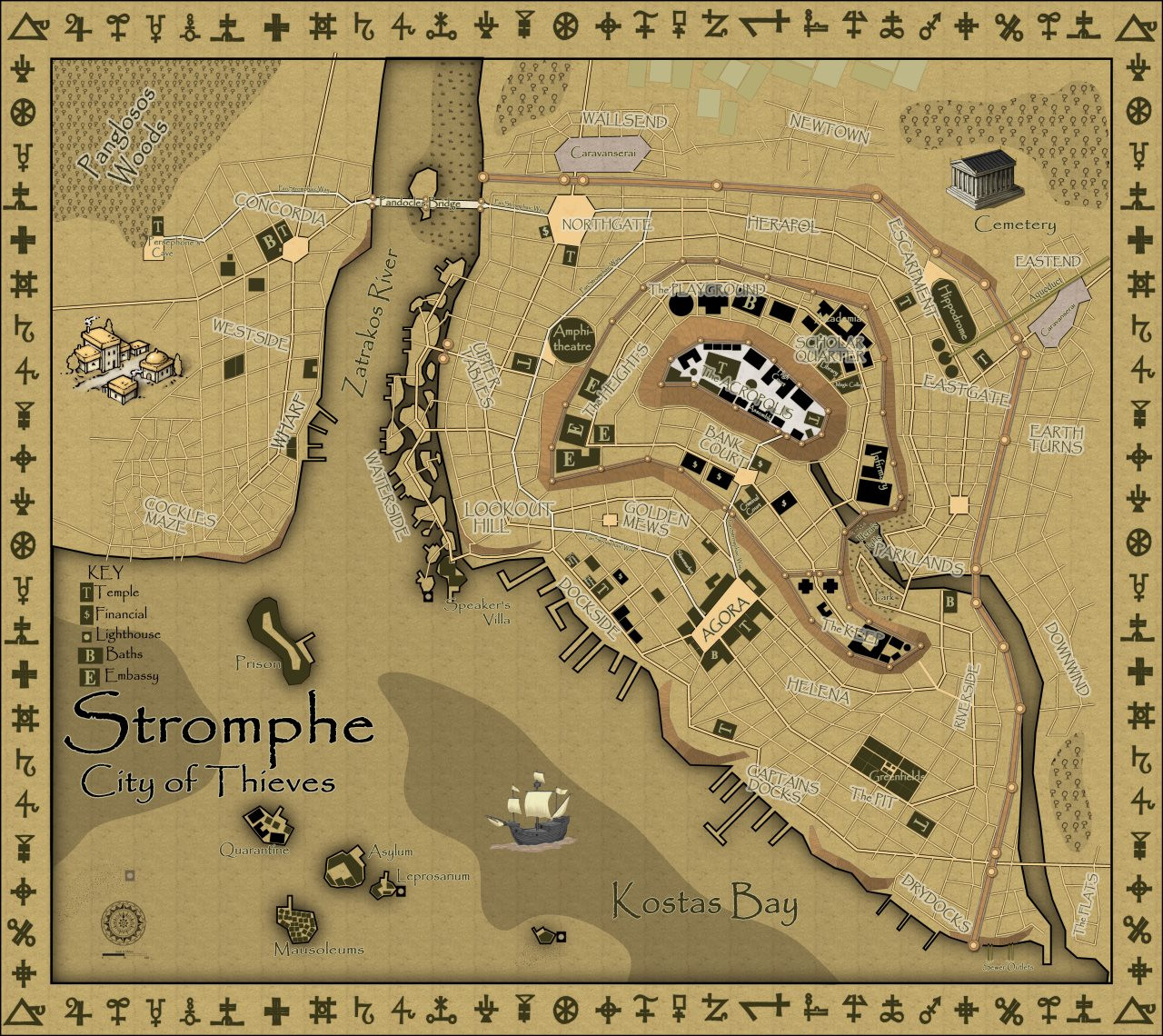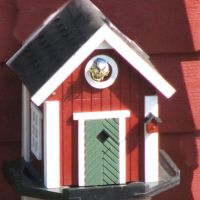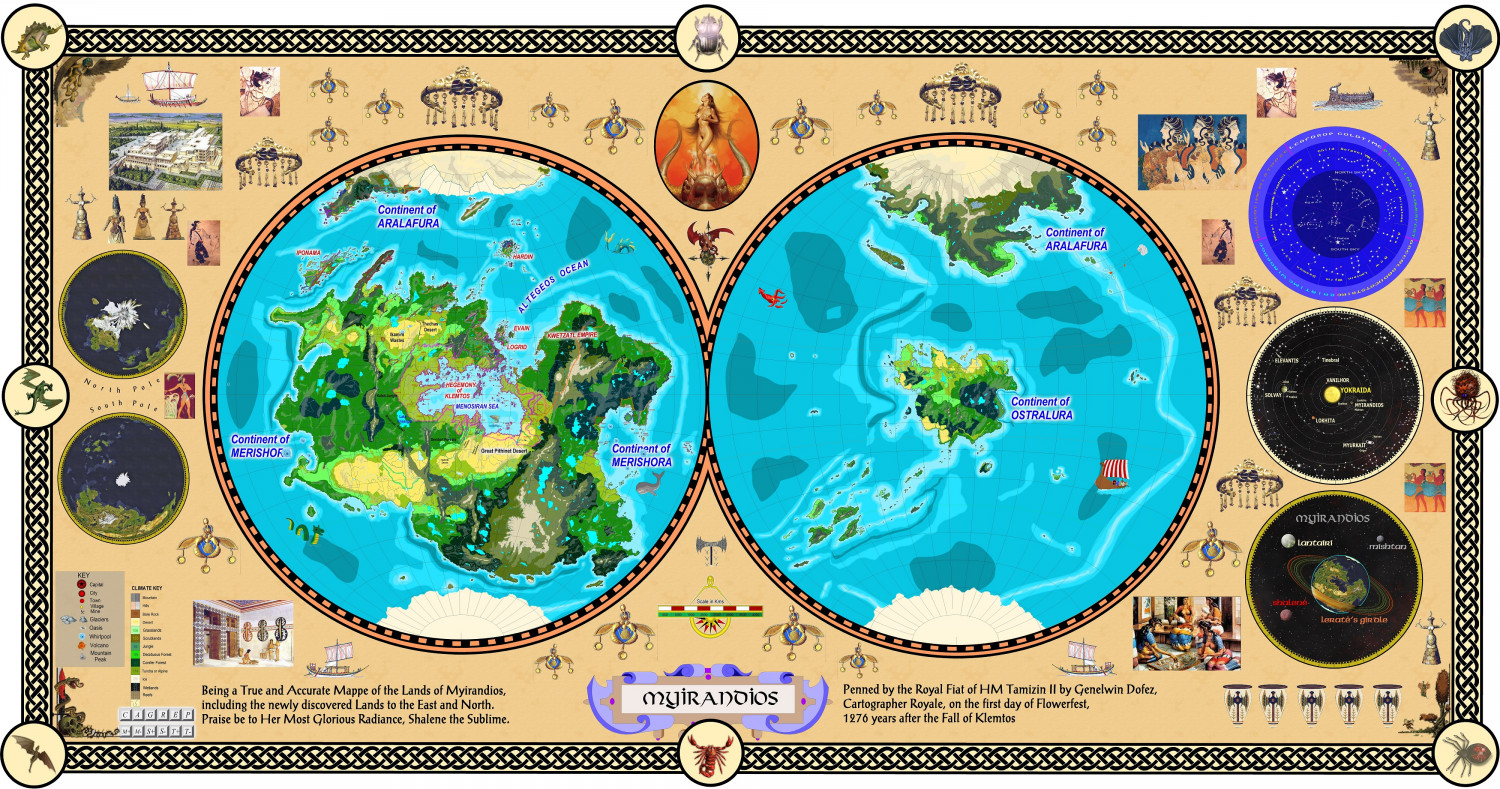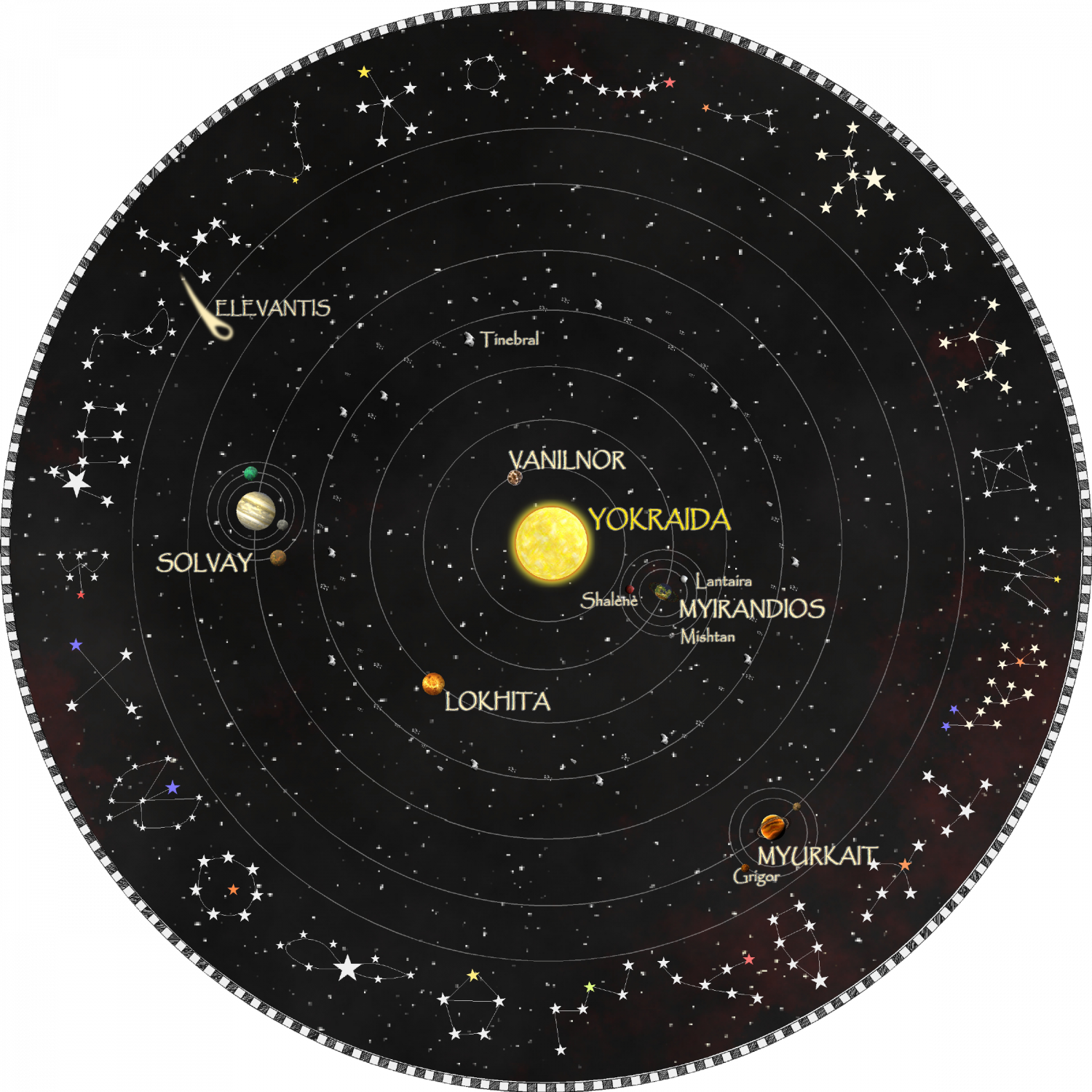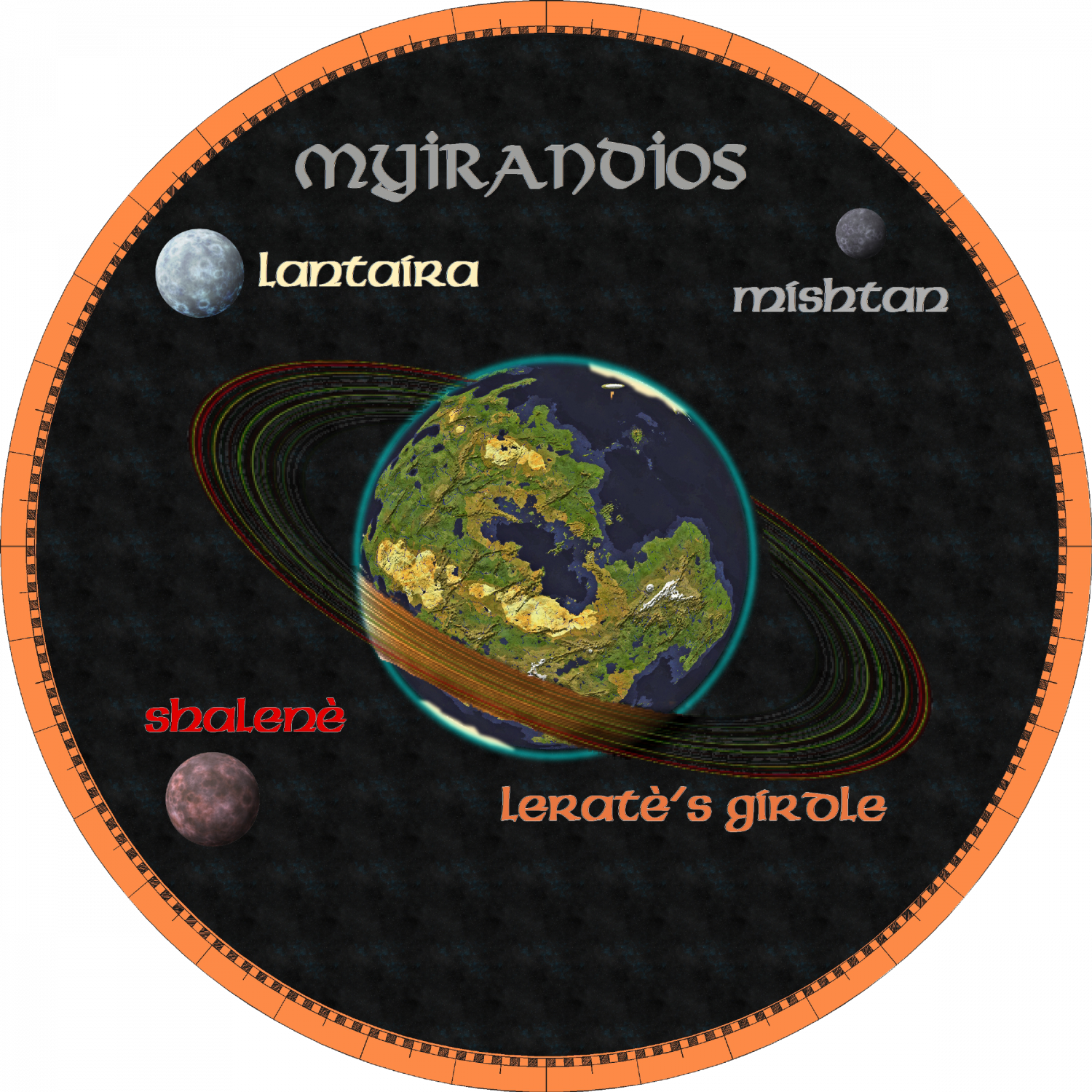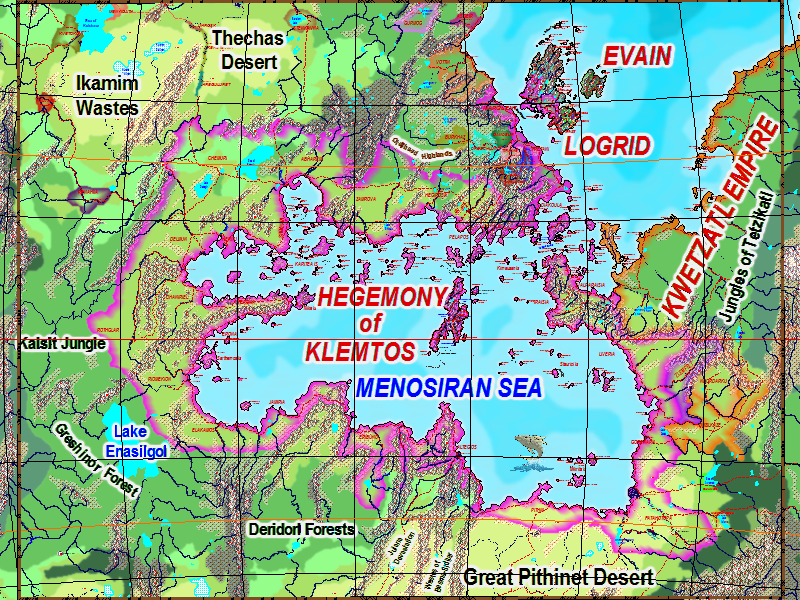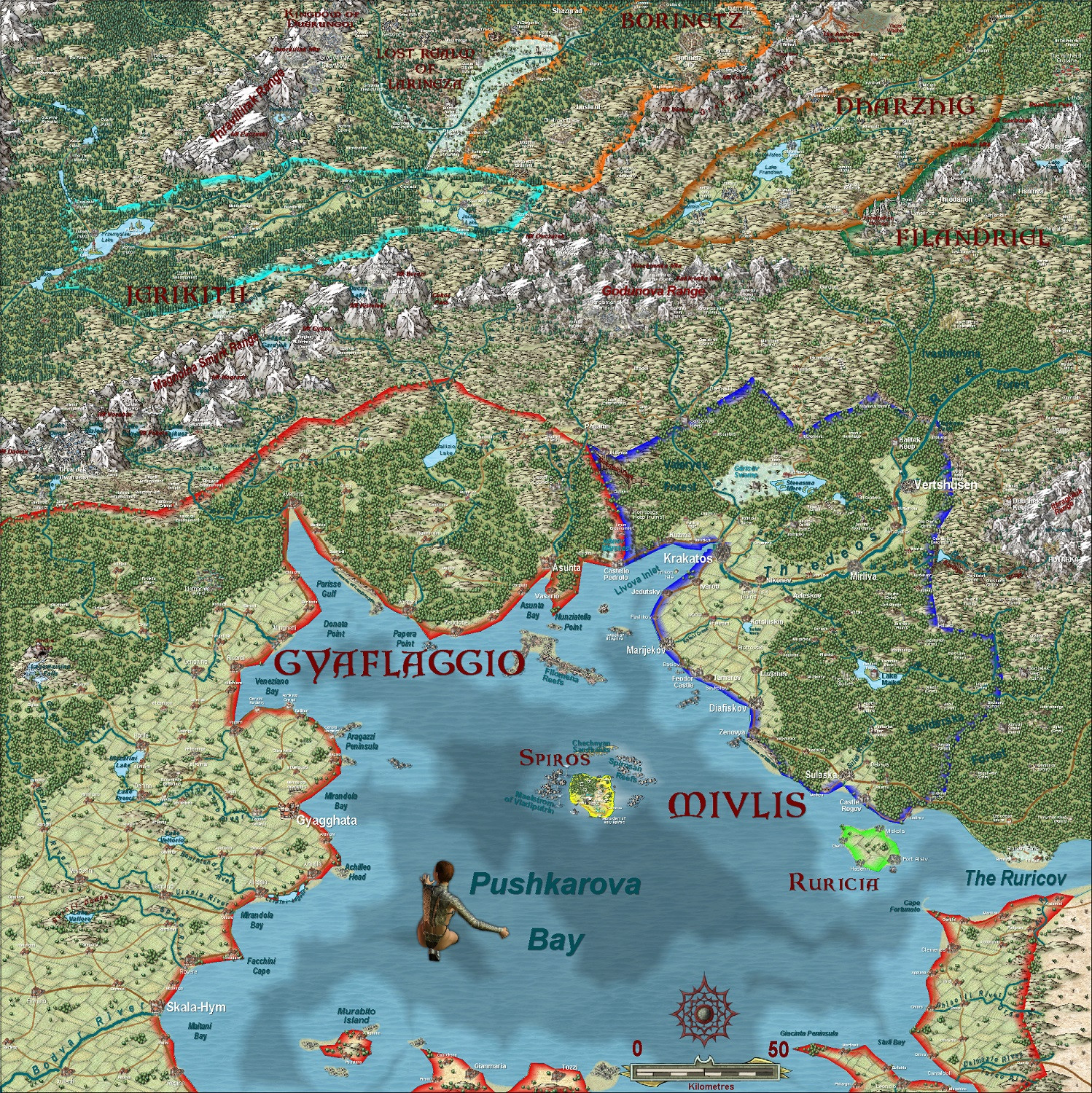Quenten
Quenten
About
- Username
- Quenten
- Joined
- Visits
- 7,187
- Last Active
- Roles
- Member
- Points
- 2,859
- Birthday
- November 29, 1950
- Location
- Australia
- Real Name
- Quenten Walker
- Rank
- Mapmaker
- Badges
- 16
Reactions
-
Very Minor Interface Tweaks
First: When choosing Shaded Polygon by Edge in the Polygon drop down menu, it is a bit annoying to then have to type in editshading (if you even remember the command) in the command line - could editshading also be part of the dropdown menu?
Second: When choosing fractal polygon or polygon line, can a drop down menu option (ie right click) be added to edit the fractalise inputs.
Third: Could drop down menu (right click) on the erase button be added to just erase the top entity of the selection. Sometimes there are unintended duplicates. While I can deal with these by first clicking the top visual edit button, then Del then P, it would be so much quicker if I could just delete the top entity of the selection where I have had accidentally created multiple copies.
Finally, can the List command produce an output with about double the font size, and also perhaps a bigger window as well.
These are the most common procedures I use that would help a lot if put as drop down menus.
-
Torstan Holy Head Sewers
-
Mars Ultor
I also did a temple in the Community Atlas, if interested. With and without roof.
atlas.cdn.monsen.cc/atlas/artemisia/hi/typical temple.png
-
Creating greater depth
I tried to do something similar with the city of Stromphe, and ended up using cliffs and walls.
atlas.cdn.monsen.cc/atlas/artemisia/hi/stromphe city.png
-
I'm hungry for your lore!
My rather old world of Myirandios.
Slightly smaller than Earth, with less of a n axial tilt, and slightly warmer global temperature.
Sentient beings: Draconians, and Muru (water dwellers) native to the planet. Most have 6 limbs and 2 tails and 2 spinal cords and 4 eyes.
Humans 'crash-landed about 20,000 years ago - went to war with the natives, and won. Developed mutant subspecies of Aiefa (elf-like), Filanthru (were-like), Fampeir (Vampire-like), Davarin (dwarf-like and Grim (orc-like). All can interbreed with each other, but miscarriages are very high.
The native species have a form of electro-magnetic abilities to use the EM spectrum directly - and this was also genetically engineered into humans. It was found however, that a gene on the X chromosome greatly enhanced the ability, so females are far far stronger in this 'etheric' ability than males, and so have become culturally the stronger and dominant sex.
The war against the native sentients was won only after a massive miscalculation by the human leaders (who eventually became so god-like in their genetically enhanced powers that they in fact became the human gods). A 10,000 year ice age descended quickly, decimating both human and non human species. A slow recovery began, but by then all ancient tech had been largely lost. The first to recover were the equatorial black human species - and so today, the black women fill the role that white men on earth have had.
The planet has three moons - red white and blue. And a series of rings - the Girdle of Lerate. It is made of dark reflecting rocks, so doesn't produce that much nocturnal light - however, night time on Myirandios is a lot lighter than on Earth. And the tides are about twice as high/low.
The main site of the story is based on the hegemony of Klemtos surrounding the Menosiran sea - a theocratic empire ruled by a triumvirate of three priestesses - the Magen, Maden and Midin. The Magen is the main political leader, the Magen the spiritual leader and the Midin the equivalent of Secretary of State. When one dies, the others move up in the hierarchy, and a new member is chosen from twelve candidates who have been training in a special school for priestesses. Those that miss out, are appointed as governors or Justices etc. So the leadership is highly trained and the succession is almost always ordered. And so of course, there is a degree of social and technological stagnation.
The current crisis involves increasingly successful incursions by an alliance of grim and tribal humans who worship just one God (the Red Goddess, Shalene) instead of all 18. They have discovered how to use gravity in the same way as others use etherics (E-M manipulation) and this has caused the hegemonic armies to suffer very rare defeats.
Etheric ability is genetically endowed, but like intelligence, some have virtually no ability (the etheric cretins), most can light a flame, or produce enough power to defend themselves (the equivalent of 'normal' intelligence) - and because females are far stronger, males can easily be subdued. Finally, only a very small proportion are of genius level, with the ability to use most of the E-M Spectrum, and so be actually useful in their abilities in military, health, communication etc.
This is the area for adventures, set 1000 years after the fall of the Hegemony. Most of my maps in the Atlas plus others are in this area.


